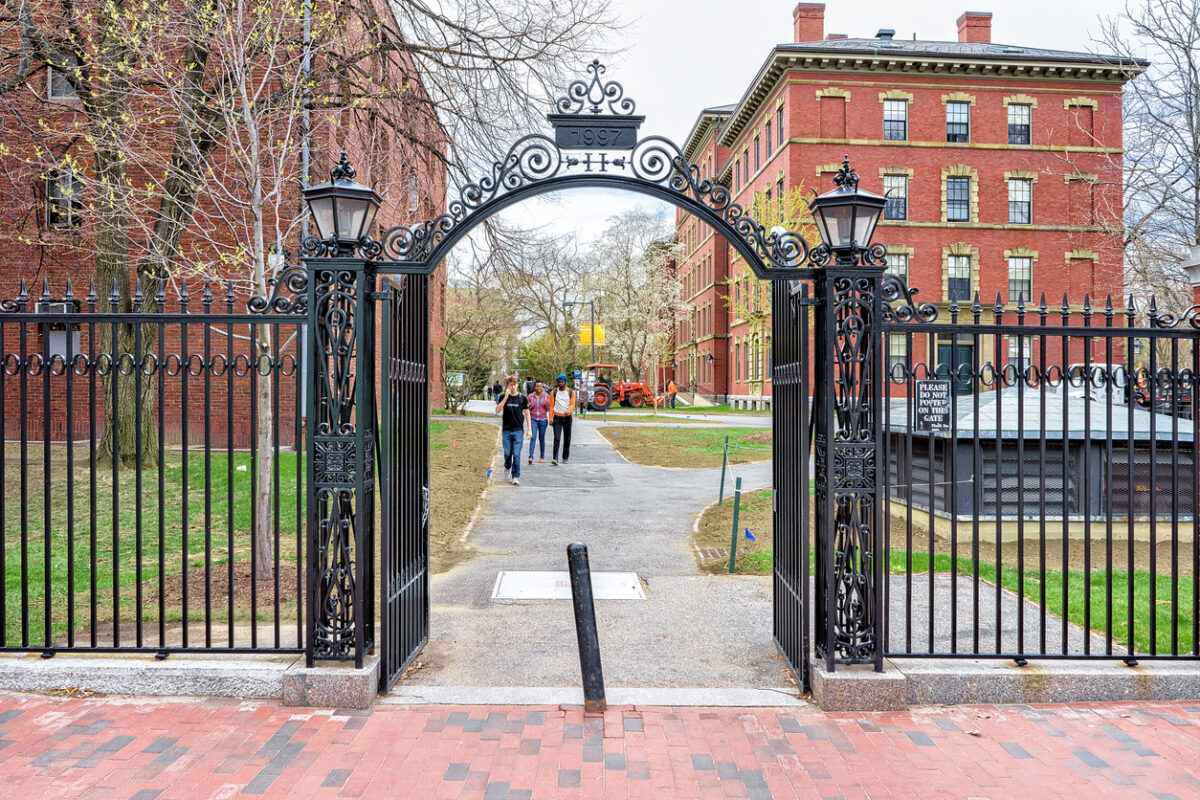Enrollment is Up, How a Student-Centered Approach Can Set Students Up for Success in College and Beyond
Published Jul 17, 2024
IHEP welcomed President Kenneth Adams of LaGuardia Community College to share the ways in which his institution is delivering strong post-college earnings outcomes to a diverse student body. LaGuardia’s innovative approach offers valuable lessons for community college leaders nationwide, particularly as these institutions play an increasingly vital role in education and workforce development.
By: Kenneth Adams
College enrollment is finally on the rise after declining during the pandemic and the biggest gains are happening at community colleges. At a time when two-year institutions play a vital role in bridging the gap between education and career aspirations, LaGuardia Community College is ensuring that connection remains strong while advancing our mission to educate and graduate one of the country’s most diverse student populations. Our efforts have paid off LaGuardia students, many of whom are students of color and students with low incomes.
As a designated Minority Serving Institution, we enroll substantial populations of Hispanic (44 percent), Asian (20 percent), and Black (17 percent) students. Thirty-nine percent of our students rely on need-based federal Pell Grants to help pay for college. Many are balancing jobs alongside their academic studies. Some are English language learners. Others are resuming their studies after pausing some years ago. We are proud to have a 40 percent transfer-out rate ranking high both within the state of New York and nationally. Our students are not just transferring; they leave equipped to succeed in the workforce. Ten years after completing a degree, a typical LaGuardia student earns approximately $46,500 a year, nearly $7,000 more than what they would need to break even on their college investment and roughly $5,000 more than typical associate’s degree holders in the state.
The responsibility to serve our students well is one we take seriously. We understand the trust these students place in LaGuardia by investing their hard-earned money and time. We’re not done until they get what they came for. Building on this commitment, a recently announced generous gift from the Stephen & Alexandra Cohen Foundation will allow us to establish a state-of-the-art workforce training center. The Cohen Career Collective will be designed to equip New Yorkers with the skills, knowledge, and networks they need to secure good jobs in high-growth sectors of our local economy. This new center complements our focus on our student-centered values and will provide learners with industry-standard training, comprehensive support services, and connections to potential employers.
These goals and student demographics mirror those of other two-year institutions. Increasingly, area residents and workers hoping to improve their skills will choose a community college. We’ve learned valuable lessons that can help other institutions improve student outcomes and help more students move up the socioeconomic ladder.
Our student-centered approach hinges on three core principles:
- Embrace a student-centered culture: Acknowledge educational goals can evolve and provide seamless connections between nondegree and academic programs. Building strong relationships with four-year institutions creates clear transfer paths and helps students navigate along the way, ensuring they have the resources they need to thrive.
- Use data to make decisions: Powerful data analysis has made it possible to uncover areas for improvement and implement targeted interventions. For instance, by analyzing enrollment trends, we identified students in non-degree programs who might be strong candidates for degree programs. By providing additional support, we helped many find appropriate degree options and transition into the program that best aligns with their long-term goals.
- Cut the red tape: Help students navigate their educational experience with ease. At LaGuardia, we’ve restructured within and across academic and other divisions, developed articulation agreements with four-year institutions, and ensured students have targeted supports before, during, and after transition points.
These efforts, combined with targeted support systems, are charting pathways to success for students from all ages and backgrounds. One example, our CUNY Language Immersion Program (CLIP), coaches participants on major selection and potential career trajectories as well as helping address common financial barriers that can disrupt students’ progress. This requires a deliberate strategy focused on creating a welcoming and supportive environment that meets the unique needs of our students. Every aspect of an institution’s structure should be designed and implemented with student-centered values in mind.
To learn more about LaGuardia’s innovative practices, explore the Institute for Higher Education Policy’s new case study, Believing in the Potential of Every Student.
###


